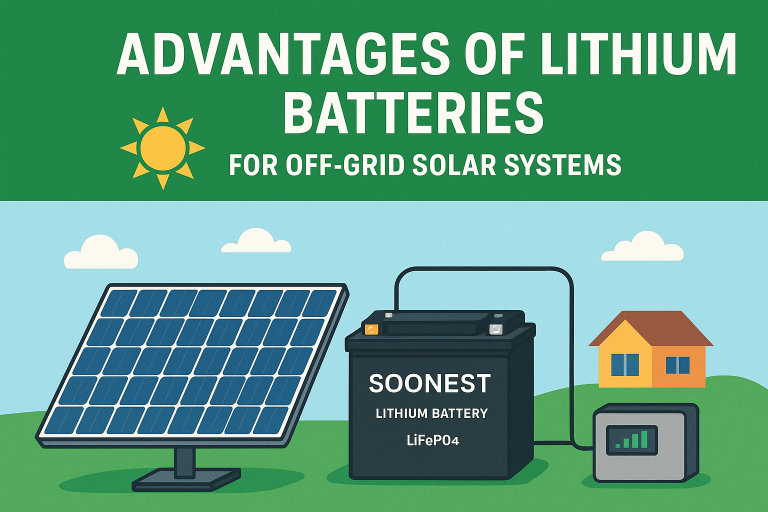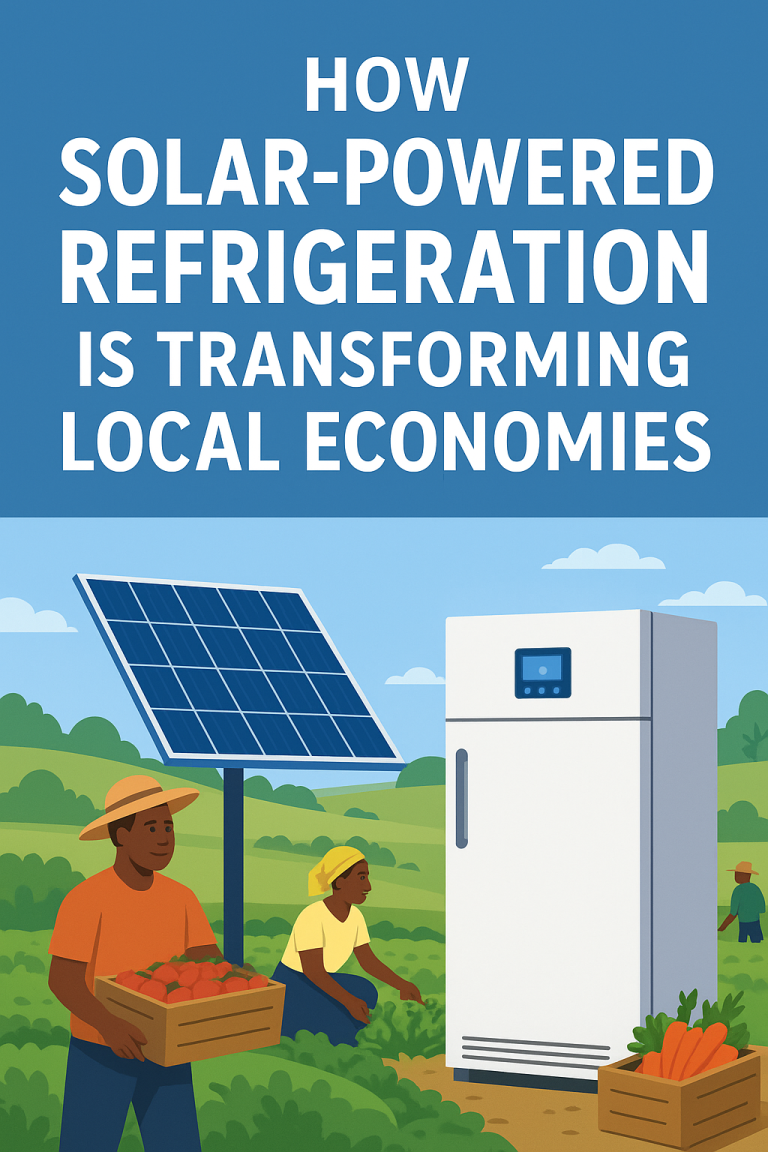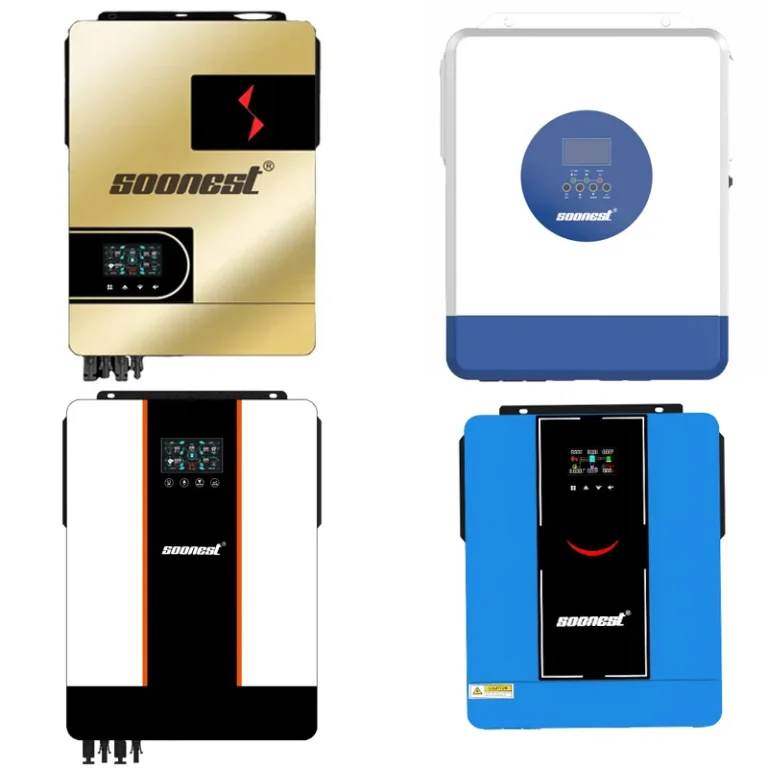Los paneles solares pueden alimentar toda su casa si adapta su producción a las necesidades de sus electrodomésticos, utilizando paneles de alta eficiencia y una gestión inteligente de la energía. Más prontoLos acondicionadores de aire híbridos AC / DC de la compañía abordan cargas grandes como los AC, ahorrando hasta un 70% en las facturas y manteniendo las cosas funcionando durante apagones. Con la configuración correcta, obtiene energía más barata, más libertad y una casa más verde.
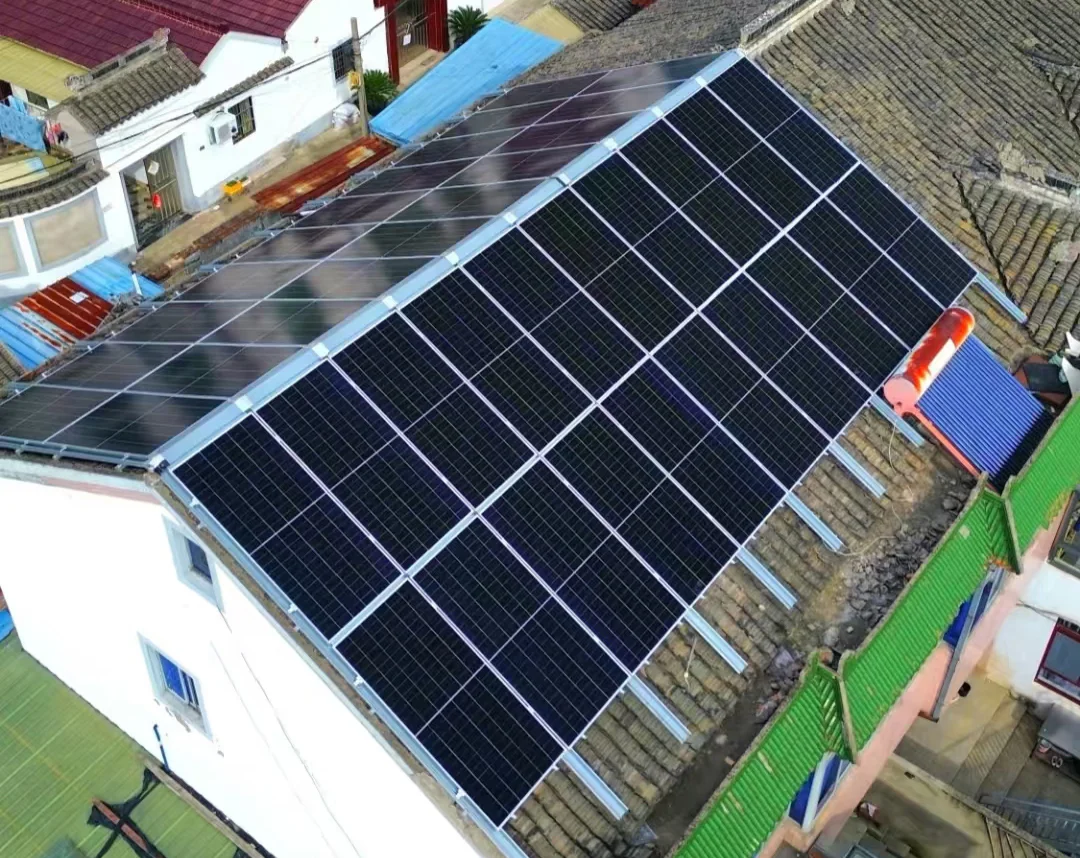
Demandas energéticas de electrodomésticos modernos
Clasificación de electrodomésticos por necesidades de energía
Cuando quieres alimentar tu casa con paneles solares, tienes que saber cuánto jugo usan tus electrodomésticos. Las pequeñas cosas como bombillas LED, computadoras portátiles y enrutadores Wi-Fi generalmente sorben menos de 100 vatios. Cosas como refrigeradores, lavadoras y televisores tiran entre 150 y 800 vatios. Luego están los grandes, aire acondicionado, estufas eléctricas y calentadores de agua, que pueden acumular más de 1.500 vatios cada uno.
Agrupar sus electrodomésticos de esta manera le ayuda a averiguar cuánta energía necesita manejar su configuración de paneles solares. Encendiendo un montón de electrodomésticos pesados a la vez puede hacer que su uso de energía dispare más allá de lo normal.
Necesidades de potencia constante vs. pico
Necesita saber la diferencia entre las necesidades de energía constante, como para las luces o una nevera, y los picos rápidos, como cuando se arranca un aire acondicionado. Algunos gadgets necesitan una explosión rápida, dos o tres veces su potencia habitual, para encenderse. Esto es súper importante cuando se eligen inversores y baterías para su sistema solar.
La mayoría de las instalaciones solares tienen un inversor. Conmuta la energía de corriente continua de los paneles solares a la energía de CA para sus cosas de casa. Ese inversor tiene que ser lo suficientemente fuerte como para hacer frente a esos picos de arranque sin apagarse o ralentizarse.
Cómo el uso de los electrodomésticos cambia diariamente y anualmente
El uso de su aparato cambia todo el tiempo. En verano, se utiliza mucho el aire acondicionado. En invierno, puede usar más calor o mantener las luces encendidas más tiempo. Los puntos más altos diarios generalmente llegan por la mañana o la noche cuando todo el mundo está usando un montón de cosas a la vez.
La salida del panel solar también cambia, dependiendo del clima o la época del año. Para combinar su uso de energía con lo que hacen sus paneles solares, necesita trucos inteligentes. Es posible que desee sistemas híbridos que mezclen paneles solares con energía de la red o baterías de respaldo.
Lo que aumenta el rendimiento del sistema solar
Potencia y salida del panel solar
El corazón de cualquier instalación solar en el hogar son los paneles solares. Los paneles solares monocristalinos le dan una eficiencia del 15-20%. Los más recientes alcanzaron el 25% en pruebas de laboratorio y el 21% en la vida real. Estos son perfectos para techos pequeños donde necesita mucha energía desde menos espacio.
Funcionan mejor que los paneles policristalinos a la misma luz. Elegir paneles solares de alta potencia significa obtener más energía por pie cuadrado, lo que es enorme para ejecutar grandes electrodomésticos.
Baterías y gestión de energía
Las baterías ahorran energía solar adicional durante la noche o los días nublados. Los sistemas solares fuera de la red con almacenamiento son increíbles para lugares con muchos cortes de energía o sin red en absoluto. Si dimensionas correctamente tus baterías, compensan las brechas en energía y cortan tu necesidad de la red.
Los sistemas de gestión energética (EMS) hacen que las cosas sean aún mejores. Enfocan el poder en cosas clave cuando no hay suficiente para moverse. También cambian el uso para coincidir con cuando sus paneles solares están sacando más energía.
Inversores y conmutación de potencia
Los inversores convierten la energía CC de los paneles solares en CA para sus electrodomésticos. Pero pierden alrededor del 5-10% de la energía en el interruptor. Para que los sistemas solares funcionen sin problemas, los inversores y otros engranajes deben funcionar sin complicar. Las nuevas configuraciones híbridas reducen esas pérdidas al permitir que algunos dispositivos usen energía CC directamente desde los paneles.
Hacer que el trabajo solar con electrodomésticos hambrientos de energía
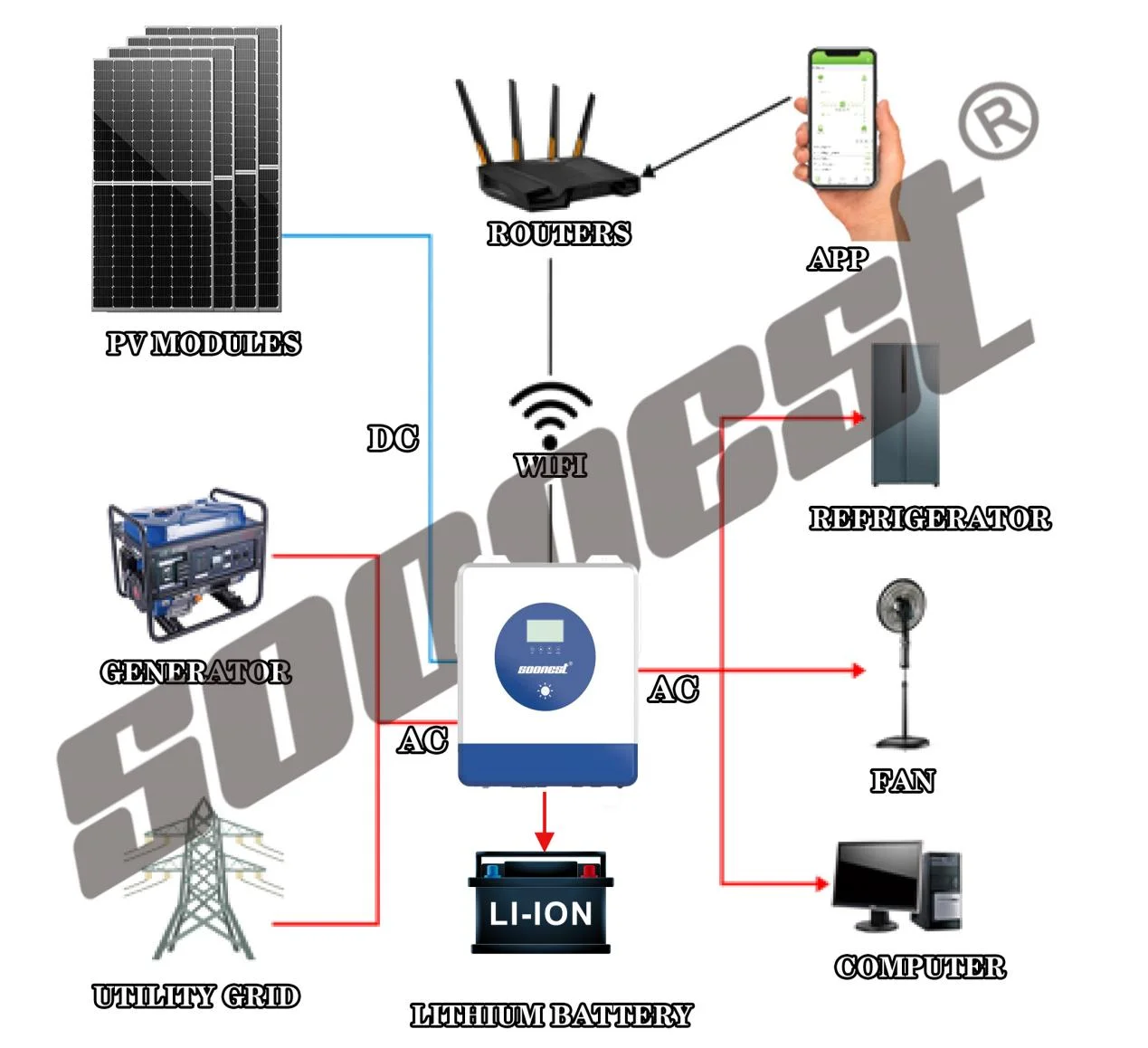
Aire acondicionado y sus grandes necesidades energéticas
Los acondicionadores de aire son algunos de los electrodomésticos más hambrientos. Una unidad de CA dividida típica utiliza 1-2 kWh por hora, dependiendo de su tamaño y clasificación SEER. Ejecutarlos solo en paneles solares a través de una configuración vinculada a la red puede acumular pérdidas del inversor.
Por qué Híbridos AC/DC Aire Acondicionado Rock
Para hacer frente a esto, pruebe unidades híbridas como el AC CC aire acondicionado solar 48V a 110V / 220V – Grid híbrida con panel solar. Se cambia entre la energía solar CC y la energía de la red por sí misma.
Esto reduce las pérdidas cuando se ejecuta en CC completa durante horas soleadas. Se cambia a la energía de la red cuando el sol se ha ido. Funciona con 48V DC de paneles solares y voltajes domésticos regulares, por lo que no necesita volver a cablear su casa.
Equipo de cocina y calentadores
Las cosas de cocina como microondas (800-1200W), hornos eléctricos (2000-5000W), cocinas de inducción (1500-3000W) y calentadores de agua (4000W y más) absorben toneladas de energía en rápidos rápidos.
Manejo de grandes cargas de energía con energía solar
Para gestionarlos, extender su uso a horas más silenciosas o ir con configuraciones híbridas. Estos ponen los dispositivos importantes primero cuando la energía solar es baja. Los medidores inteligentes pueden programar cosas como calentamiento de agua para tiempos soleados y usar la energía de la batería por la noche.
Soluciones de aire acondicionado solar fresco de Soonest
¿Quieres hacer tu casa más libre de energía con paneles solares? Pronto es una elección sólida. Se centran en la tecnología HVAC híbrida para hogares que enfrentan facturas altas o redes temblorosas. Con las certificaciones CE, ROHS e ISO, además de la gestión de energía impulsada por IA, tienen soluciones solares fiables para cualquier tipo de clima.
Acerca del AC/DC Vacuum Tube Solar Air Conditioner
El AC / DC tubo de vacío aire acondicionado solar – El aire acondicionado de red híbrida ahorra 30-70% en energía en comparación con las unidades normales. Es genial si está atado a la red, pero quiere grandes ahorros sin baterías adicionales o enormes configuraciones de paneles solares.
Funciona bien en temperaturas de -7 ° C a 53 ° C, tiene persianas a prueba de polvo, calificaciones SEER por encima de 6,5 y se desliza en su sistema HVAC actual sin cambios complicados.
Construir una casa totalmente alimentada por energía solar
Dimensionar su panel solar para sus necesidades
Debes conocer tu uso diario de energía para elegir el número correcto de paneles solares. Si utiliza 20 kWh/día con picos de hasta 5 kW en verano de aire acondicionado, un panel solar de 6-8 kW debería hacer el truco en buen sol.
Los paneles solares convierten la luz solar en energía, cortando sus facturas de electricidad mientras mantiene su hogar acogedor todo el año.
Agregar dispositivos híbridos para flexibilidad
Los dispositivos que consumen tanto CA como CC eliminan la necesidad de una fuente y ahorran energía. La configuración de 48V coincide con la salida del panel solar, lo que hace que los sistemas híbridos sean fáciles de usar en la cartera. Esto mantiene su configuración sencilla pero lista para días normales o cortes de energía.
Gestión inteligente de energía
Las plataformas de EMS inteligentes programan sus electrodomésticos en función de la luz solar o los niveles de la batería. Se aseguran de que los elementos esenciales como los refrigeradores vengan primero sobre cosas como los televisores durante días nublados o apagones.
Ventajas de las soluciones solares híbridas de Soonest
Más libertad y facturas más bajas
El uso de unidades de HVAC eficientes en términos térmicos alimentadas por paneles solares durante el día puede reducir sus costos de energía hasta en un 100%. Estas unidades cambian fuentes de energía por sí mismas, por lo que su hogar se mantiene cómodo incluso después de anochecer.
Vivir más verde
La energía solar es renovable, no como los combustibles fósiles. Reduce su huella de carbono con el tiempo, por lo que es una manera inteligente de proteger su hogar del cambio climático.
Confiable cuando la red falla
Los sistemas híbridos mantienen las cosas funcionando cuando la red se apaga. Esto es enorme en lugares afectados por cortes de tormentas o viejas líneas eléctricas. Los sistemas solares fuera de la red están hechos para puntos sin red o apagones constantes, por lo que son imprescindibles.
Consejos prácticos para instalación y mantenimiento
Configuración de sistemas híbridos AC/DC
La instalación de sistemas híbridos es muy parecida a la instalación de HVAC regular, pero es posible que necesite cableado adicional para conexiones directas de paneles solares. Asegúrese de que la salida de 48V del panel coincida con las especificaciones del dispositivo antes de bloquearlo.
Seguimiento y mejora del rendimiento
Las herramientas remotas le permiten comprobar la producción solar frente al uso de los electrodomésticos en tiempo real. Esto le ayuda a detectar problemas temprano y ajustar la configuración para las estaciones o los hábitos diarios, haciendo que su sistema valga más.
Ahorro a largo plazo
Hybrid systems cost more upfront for panels or special parts like hybrid compressors. But they can save up to 70% on power bills. Solar panels last 25 years or more, so they’re a smart investment.(Source:www.forbes.com)
Preguntas frecuentes
P: ¿Puedo manejar toda mi casa solo con paneles solares?
R: Sí. Con suficientes paneles solares, baterías si es necesario, herramientas eléctricas inteligentes y dispositivos híbridos, puede ejecutar la mayoría de los electrodomésticos con energía solar durante las horas soleadas o almacenar más para más tarde.
P: ¿Necesito baterías con aire acondicionado híbrido AC/DC?
R: No siempre. Algunas unidades funcionan con CC directa de paneles solares durante el día y cambian a la energía de la red por la noche, omitiendo baterías caras a menos que desee libertad completa fuera de la red.
P: ¿Cómo sé si mis electrodomésticos funcionan con una instalación solar?
R: Compruebe la potencia de cada aparato. Compara tu uso diario total con la producción de tu panel solar. Cambie cosas viejas y hambrientas de energía por cosas de baja potencia o DC si puede.

